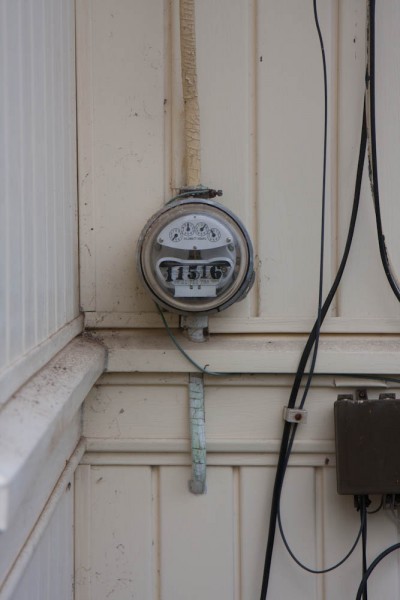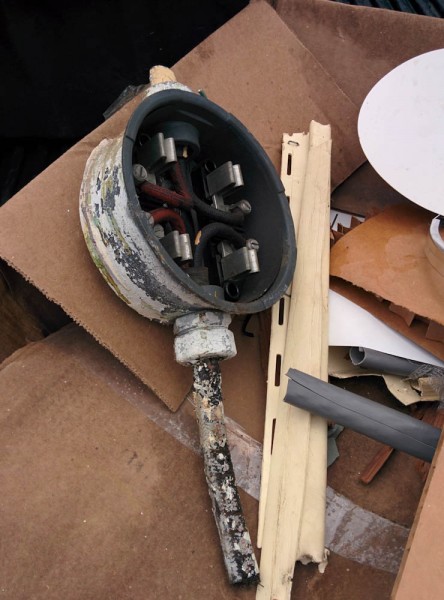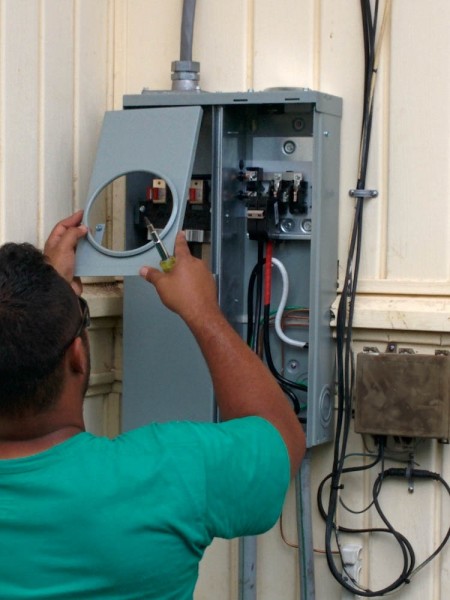It’s been a while since the last update, but not for lack of things happening. As I alluded to in an earlier post, we are going solar! Power here in Hawaii is so expensive that even with the high installation costs of PV panels, they payoff time is only about 6 years when you include the tax breaks. If you ask me, it’s a no brainer, and a lot of people seem to agree with me since Hawaii is leading the country in solar energy. And why shouldn’t we? Most power is generated with oil which is shipped from the mainland, and Hawaii has sunlight to spare.
And you’d better get it while you can! The amount of PV installations have been growing so fast that in many areas it’s up against what the utility says the grid can handle. If you don’t get your system in soon, you might face a situation where you can’t get an agreement to connect your panel to the grid because there would be more generation than the grid can handle. Or so the utility says… renewable energy advocates say they’re putting up artificial blockers to protect their bottom line.
Who knows. In any case, we’re getting it! We asked for quotes back in May and decided to go with ProVision Solar, a long-time Hilo solar installer. It’s not cheap, the cost per installed Watt before any tax breaks comes out to be roughly $5/W, taking into account that our house is old and we needed to do some upgrades first as well. In many states on the mainland, you are also allowed to do at least part of the install yourself, which could bring the installed cost down to maybe $2/W. But not in Hawaii. Ah well, like I said, the payoff time is still about 6 years.
So what’s been happening? The first problem we faced was that our electrical service panel looked like this:

This is how the old electrical service entrance looked, just a round bucket with this super old meter in it.
Out on the wall, there’s just a bucket with the meter in it, hooked up with this super-old looking wire going up to the wires coming in from the street. From the meter, the wire goes in through the wall to our breaker panel, which is completely filled up. This poses several problems: First, there is nowhere to connect the PV generation. And even if there were, you’d have to start running wires from inside the basement over to the detached garage, where the PV panels are going. That would not be an easy wiring job.
Moreover, the garage doesn’t have very good electrical service. There’s a single 14-gauge wire running all the way from the breaker panel, through the basement, up to the attic, across to the garage in a conduit, and then servicing all lights and outlets in the garage. When I tried to run the air compressor in the garage, it would fail to start several times, presumably because of voltage drop in the long wire when it tried to draw startup current. That’s just not going to cut it for any serious workshop work, like airplane building…
The solution is to upgrade the meter panel, put a real main breaker there, and then run one heavy-duty wire from there into the garage and put up a subpanel. The solar power can then feed into the subpanel, and any other power needs could now be easily fulfilled by connecting to that panel. Since one way or another, a wire would have to be run from the garage to the meter, why not make that wire be able to handle all foreseeable needs?
ProVision kindly agreed to do the service upgrade even though they normally don’t do “normal” electrical work, but since it was in support of the PV install, they were OK with it. That is now done.
There is now a 100A breaker in by the meter, going in to the old panel. And there’s room for another breaker for the to-be-installed garage subpanel. At this point, we’re waiting on county permits, but more about that in the next post.


Pingback: Going solar #2 – more preparations | Patrik's projects